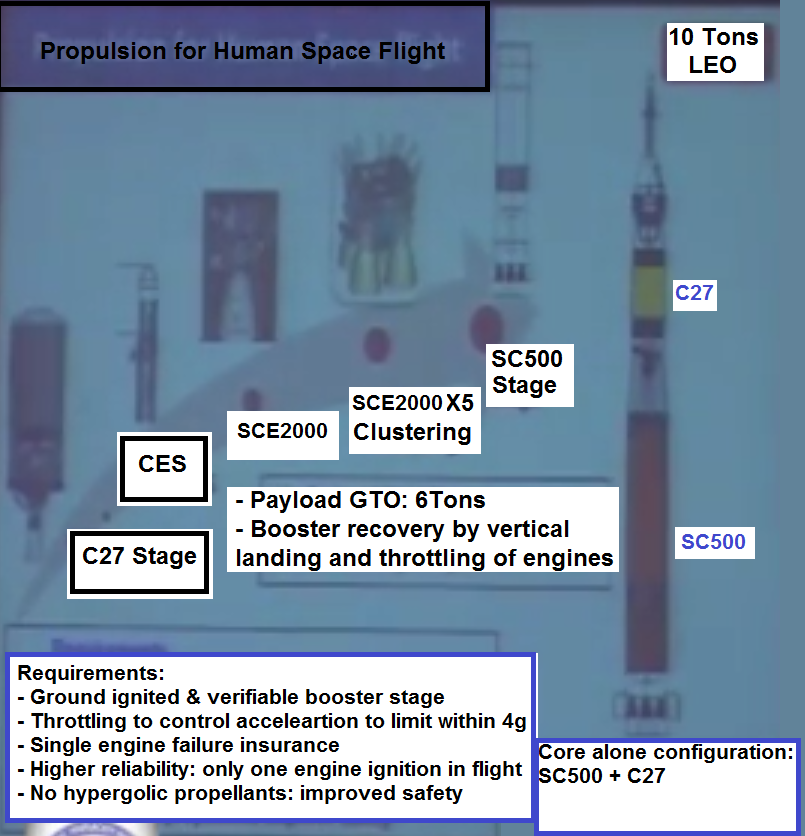Pay for accuracy National Physical Laboratory is host to the most accurate clocks in the country | Photo Credit:
NPL
http://www.thehindu.com/news/nation...lock-keeper/article19050174.ece?homepage=true
ISRO, which needs nanosecond-level precision, will now have to pay NPL for time-keeping services
The National Physical Laboratory (NPL), part of the Council of Scientific & Industrial Research, is host of the most accurate clocks in the country, and the only agency in India authorised to maintain Indian Standard Time (IST). The NPL maintains accuracy of ±20 nanoseconds through the Primary Time Scale, an ensemble of five caesium clocks and one hydrogen maser. The rest of the world connects to these via tele-clocks, satellite links, and
Network Time Protocol services (which, for example, reflect in laptops’ clocks).
Airports, Parliament, banks, the Indian Space Research Organisation (ISRO), in fact anyone who needs to synchronise their computers, connect to a hierarchy of servers that link back to that of the NPL, which provides accurate time — down to milliseconds — for free. Until now, that is.
“We are in the process of signing a Memorandum of Understanding with the Indian Space Research Organisation [ISRO],” Dinesh Aswal, Director, NPL, told
The Hindu. “I cannot disclose the amount, but it will be an important revenue source.”
Unlike the rest of us, who are happy if our watches and devices are accurate to the second, the ISRO launches rockets and tracks satellites, which requires precision at the nanosecond level. “Only the NPL is equipped to provide that level of accuracy,” Mr. Aswal said. NPL is also discussing similar deals with the Air Force, SBI, Indian Railways, and the National Informatics Centre.
Fund crunch
Why has NPL decided to start charging for this service? Its parent, the CSIR, has a funds crunch. Out of its ₹4,000 crore budget, only 10%–15% is revenue. CSIR wants to increase that to 25% this year, and 50% by 2020,
as The Hindu has previously reported, and has directed its labs to start generating more revenue.
The NPL is also looking at other ways to assert its monopoly. IST can be sourced from similar organisations such as the United States’ National Institute of Standards and Technology, but with varying degrees of accuracy. Earlier this year, the NPL asked government to mandate that Indian organisations exclusively set their time to NPL’s clocks. “All countries require their computer infrastructure to synchronise to their local times,” Mr. Aswal had told
The Hindu in an earlier conversation “It would be a landmark service if Indian computers were also mandated to do so.”
********
http://www.thehindu.com/sci-tech/sc...ro-chairman/article18957145.ece?homepage=true
‘We need to build capacities in the organisation and the country,’ says A.S. Kiran Kumar
For space-faring nations, a launch vehicle — such as the all-Indian GSLV-MarkIII that was first flown on June 5 — is a vital tool for placing spacecraft in the sky. For India, the MkIII can lift four-tonne satellites with double the power of the older MkII rocket.
In a short exchange over the phone, A.S. Kiran Kumar, Chairman, Indian Space Research Organisation, explains what the new big rocket’s success means and what lies next. Edited excerpts:
How important for you has been the maiden success of your new launcher, GSLV MkIII? Could you please explain it beyond its four-tonne-lifting power?
It is indeed a very significant development in the Indian space programme. It gives us a big push. We were short of this capacity for lifting our communication satellites. We had to go outside for our launches; and because of [the launch schedules of foreign space agencies] the pace at which we did our projects was getting affected. Cost was another deterrent for pushing things aggressively.
By achieving MkIII, we will be able to push confidently and launch many of our communication satellites faster and indigenously. We will do one more launch within a year and establish it systematically.
The cost benefit ?
I cannot give you the exact figures as they keep changing. But just to give you the example of last year’s INSAT-3DR, we were able to do both the satellite and launch it here for the cost of an earlier foreign launch.
What would be next in your launcher-related activities? What is their status, schedule and the funds they need?
First we need to consolidate the developments. Our immediate and main task remains how to streamline the realisation of our three launch vehicles PSLV, GSLV-MkII [two-tonne lifter] and the new GSLV-MkIII, sustain them and ensure the number of launchers we need to put the satellites in orbit. For MkII, our target is to do two launches a year. As it is, building its supply chain, managing it and ensuring the required supplies for it are all an effort. To that we will be adding the requirements for MkIII.
On the launch technology side, we will be looking at how to reduce the cost further — by adopting new mechanisms, materials and new capabilities. Including the reusable launch vehicle concept.
You mentioned reusable technology to save costs. Where are we in that?
Last year, we tried out the RLV-TD experiment [Reusable Launch Vehicle Technology Demonstrator]. We got a small, plane-like model to vertically land on water. Next we will look at landing it on the ground with a landing gear system. We are conceiving systems to work on the air breathing propulsion technology that will use atmospheric oxygen. For the present launch vehicles, we will look at recovering [and reusing] some parts.
What is essential today for ISRO?
To build capacities within the organisation and the country to meet the demands.
We have a significant shortage of satellites in space. If we have to roughly double the capacity of the spacecraft, we have to do as many launches and cost effectively. That is the prime driver.
Also, it is essential for a space agency to build new capabilities, constantly get new skills to do complex jobs and to do routine things better.










